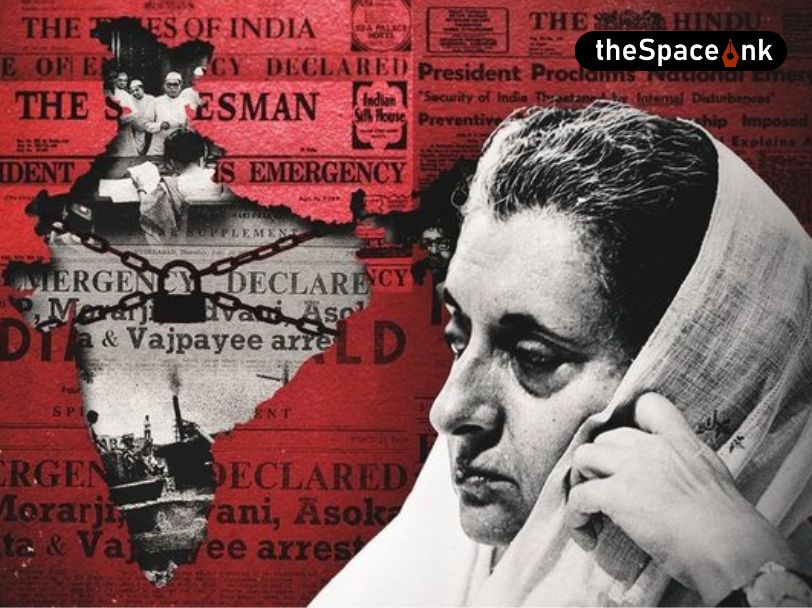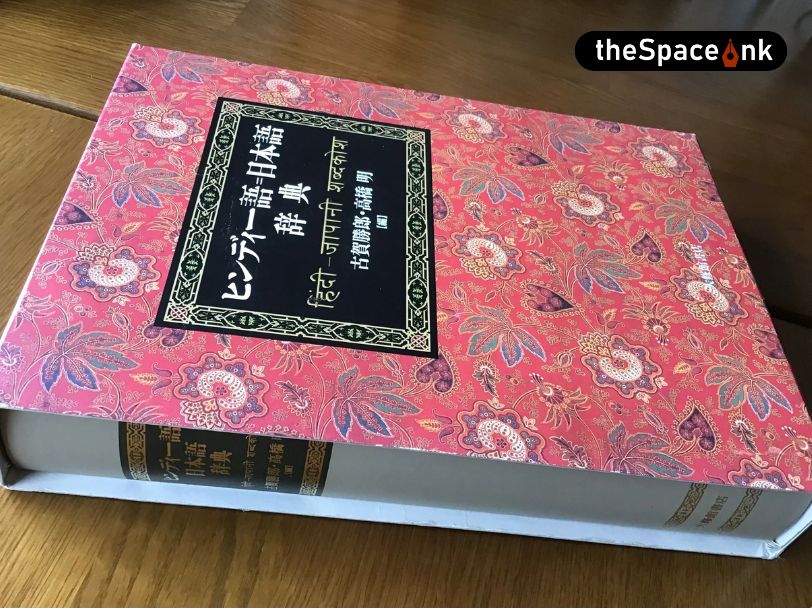Kolkata happens to be the cultural capital of Bengal, some even say, of India. Whatever happens in Kolkata, is said to represent Bengal. The mighty metropolis steals the show in everything that ever happens in the state. The Bengali festive calendar begins with the Durga Pujas and ends with the anticipation for the next one in the following year. Here again Kolkata reigns supreme. The heritage Durga Pujas of Sovabazar Rajbari, of the Rani Rashmoni family of Janbazar, the Sabarna Roychowdhurys, the Daws, the Mallicks & the modern theme pujas with their novel variation in pandals, lights & idols, hold millions of people in thrall. It would not be an exaggeration to say that the Durga Pujas of Kolkata are a billion dollar industry in itself. But, for once, in late autumn, there is a temporary reversal of hierarchy. It happens approximately one month after the Durga Pujas are over. After Diwali people begin to think, the long festive season is well and truly over. But, it is finally the time for the biggest of all festivals in Chandernagore, the former French colony in the Hooghly district of Bengal some forty kilometres from Kolkata. It is time for the five day long festivities of the Jagadhatri Puja, when Kolkata is eclipsed in the shadow of this otherwise sleepy mufassil town on the west bank of the river Hugli.

The soul connection is very evident in the passion and fervor with which people are involved in this festival. It has been so for several centuries. Some people were pessimistic about the post-merger scenario and the fate of Chandernagore after 1952 as a small town in post-independent India. But they certainly overlooked the power of human emotion. It is emotion bound with an overriding sense of imbibed tradition, which was consequential in helping Chandernagore avert possible oblivion and granting it a whole new identity. While the rest of India gained independence from the British on 15th August, 1947, Chandernagore was still under French rule. The Treaty of De Facto Transfer was signed on 2nd May, 1950, while the Treaty of De Jure Transfer was signed between the Indian & French Government on 2nd February, 1951 & was ratified by the French National Council on 11th April, 1952. The Merger Pact was approved on 29th September, 1954, & Chandernagore was finally merged with the state of West Bengal on 2nd October, 1954. Taking its past glory & the departure of the French in its stride, the town wooed the world with two of its most iconic legacies – the Jagadhatri Pujas with its famed illumination techniques and its sweets.

There is no reliable historical documentation about the origin of the Jagadhatri Pujas in Chandernagore. The common perception is that Dewan Indranarayan Chowdhury, the French courtier and friend of Raja Krishnachandra of Nadia, started the trend of worshipping the goddess here. But, this cannot be true because Dewan Indranarayan Chowdhury had passed away in 1756, long before the Raja of Nadia is thought to have started it. That was in 1762, when the Raja returned from captivity in Murshidabad from Nawab Mir Qasim and spun a tale of how goddess Jagadhatri had appeared to him in all her regalia and had asked him to worship her, since he was too late for the Durga Pujas. What could actually have happened is that Maharaja Krishnachandra deployed a network of trusted officials, with financial backing from him, to spread this ‘new’ form of worship of the mother goddess in Bengal, just as he had done for the Annapurna Pujas. Hardly ‘new’ though, because there is evidence of previous worship of this martial form of goddess Durga in several places like Hetampur, Shantipur, Nanoor, Barishal (now in Bangladesh).

As per historical accounts, one of the trusted officials & supposed ‘friend’ of Krishnachandra was Dataram Sur, who, with the Raja’s financial backing, started the Jagadhatri Pujas in Chandernagore, at Gourhati, in his widowed daughters’ house – that puja now exists in the form of Bhadreswar Tentultala Barwari. With time, the puja gradually spread from the royal family to the families of the aristocrats and eventually went into the control of the Babus of Chandernagore. Then, the nouveau riche trading class accepted it & the pujas acquired a more grandiose nature, considering the chunks of jewellery and wealth they donated for the purpose. The power of myth and might was certainly at the fore! History (or is it myth?) says that the first puja by the trading class was held at Chaulpatti in Laxmigunje Bazaar, Chandernagore, by traders of Krishnanagar, who could not return home for the Jagadhatri Pujas and hence performed it here, crowning the lion, that represented their beloved Raja Krishnachandra. The puja was held in a grand style because traders had the means & ability to do so.
Chandernagore Corporation sources state that by conservative estimates, more than ten lakh people descend on Chandernagore on the last day of the pujas, only to witness the night-long procession of immersion.
That crown continues to be in place till today & have been adopted by other pujas as well. Then arrived the newly risen middle-class at the end of the 19th Century, who brought the pujas out from the confines of the stately homes and gave it the present Barwari form, where everyone in the neighbourhood can contribute in some form or the other. So, facts state that the Jagadhatri Puja of Chandernagore is hardly more than two hundred & fifty four years old and not more, as common perception seems to insist. Throughout the ages, the large idol with eyes spread wide, the four hands displaying the conch, discus, shaft & bow never fails to inspire awe in the onlookers. The goddess rides astride on a lion like the Durga, but unlike Durga, a slain elephant lies at its feet. The elephant is Karindrasur, the demon slayed by goddess Jagadhatri, who is actually a martial form of goddess Durga. A snake twirling around her neck is symbolic of the sacred thread (poitey) worn by Brahmins. As people bow to her in reverence & awe, she really emerges as the true Jagadhatri, the keeper of the world.

With time, as it has evolved, the Jagadhatri Pujas are no longer just a form of worship. It is a spectacle in a grand scale that goes on for five days (unlike Krishnanagar, where it is held for a single day). Huge & heavily jeweled idols (nothing artificial here, all real gold & silver), ‘theme’ pandals, the famed lighting techniques transform the town into a veritable Neverland of dreams. Lakhs of people descend on it. The festival reaches its climax on the fifth day with the famous procession of immersion. The French had built a circular system of roadways for the procession to circumvent the town & the modern procession still follows the same route.

Business estimates say that the number of footfalls per day per pandal in Kolkata during the Durga Pujas is approximately three lakhs. Chandernagore Corporation sources state that by conservative estimates, more than ten lakh people descend on Chandernagore on the last day of the pujas, only to witness the night-long procession of immersion. The other four days of the puja witness another ten to fifteen lakh people in total. All these numbers add up to create the tale of Chandernagore, which its residents zealously guard against any outside influence, which according to them, could distort their hallowed traditions. Any plan to organise a Jagadhatri Puja carnival in Chandernagore had to be scrapped as its residents were worried that it would spoil the essence of the sixty-four years old tradition of immersion procession. Not a passive designer carnival for them, but Chandernagore’s own procession where thousands of people spend the night on the Strand by the river, watching the display of idols mounted on huge trucks & the extravaganza of lights.
The lightmen of Vidyalanka, a nondescript neighbourhood in Chandernagore, have revolutionized the technique and today it is difficult to believe that once upon a time flaming torches and gas lanterns (set in bamboo frames and carried on the shoulders of Oriya bearers) were used to light up the town, especially during the procession of immersion.
The ornamental illumination of Chandernagore has attained international fame. Sridhar Das has displayed his skills at the Festival of India in Moscow (1985), Thames Festival (2003) and Buckingham Palace (2004). More recently Babu Pal was in the news for lighting up JALSA (residence of famous bollywood actor Amitabh Bachchan in Mumbai) for Diwali some years back. Pal has also installed the proximity sensor lights at Kolkata International Airport. The lightmen of Vidyalanka, a nondescript neighbourhood in Chandernagore, have revolutionized the technique and today it is difficult to believe that once upon a time flaming torches and gas lanterns (set in bamboo frames and carried on the shoulders of Oriya bearers) were used to light up the town, especially during the procession of immersion. The sensitivity regarding Jagadhatri Puja amounts to real obsession. It is also an active tradition of worship and a spectacular display of local artistry. A whole set-up of local industries, including clay modelling, plastic goods manufacturing units, street food joints thrive on one of the greatest spectacles of the world. In fact it is said to be second only to the Rio de Janeiro Carnival of Brazil. The Jagadhatri Puja economy is certainly no less worthy than that of the Durga Pujas of Kolkata.
The online portal of the Jagadhatri Pujas, jagadhatrionline states the number of community pujas in Chandannagar, Bhadreswar & Champdani municipal areas at over one hundred and ninety. Of these, one hundred & sixty one puja committees in different localities in Chandernagore & Bhadreswar are affiliated to the Chandernagore Central Jagadhatri Puja Committee. The Central Committee renders all possible assistance to its affiliated members in getting administrative and legal clearances for holding the pujas. The Central Jagadhatri Puja Committee, the Chandernagore Municipal Corporation, the local police administration, work in tandem to ensure a hazardless, environment-friendly and safe festival for all. It is ensured that every pandal has fire extinguishers, adequate water resources, proper electric connections and crowd management strategy in place. The police administration has to be ever alert to maintain the law and order situation. The municipal corporation has to ensure that the river is not polluted unnecessarily. After the immersion of each idol, the straw from the structure & other decorations floating on the water have to be collected and later sent to the vermicompost plants for waste disposal.

The Jagadhatri Puja has emerged as a piece of tradition in not only the historical sense, but also as an example of community work in safety, security, cleanliness, with an environment friendly aspect. A two hundred & fifty four years old intangible heritage has surmounted the boundaries of a small town & has yielded tangible results in the truest sense of the word. This year of course, due to Covid related situations, the festivities, to be held from 20th November to 24th November, have been toned down a great deal. Crowds have been forbidden and strict control measures have been put in place, the economy depending on the Pujas has received a severe setback but Brand Jagadhatri is here to stay. The people of Chandernagore are not ready to give up on their favourite festival any time soon.
A teacher by profession & a writer by passion. An avid lover of history & literature, passionate about heritage conservation, she has been involved with the Hugli River of Cultures Pilot Project, a venture of Liverpool University & the Govt. of India. At present she’s a senior member of INTACH Hooghly & actively involved in research work concerning the preservation of art & cultural heritage.








